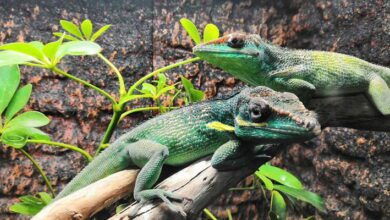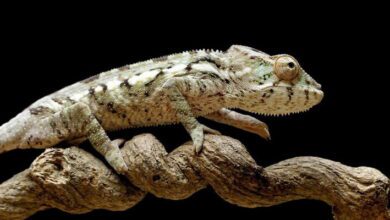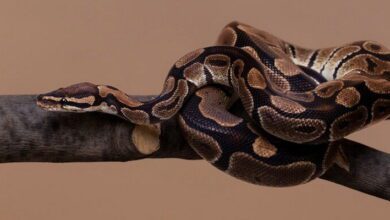Amphibian Anatomy MCQs with Answers

Welcome to the Amphibian Anatomy MCQs with Answers. In this post, we have shared Amphibian Anatomy Online Test for different competitive exams. Find practice Amphibian Anatomy Practice Questions with answers in Biology Tests exams here. Each question offers a chance to enhance your knowledge regarding Amphibian Anatomy.
| Amphibian anatomy is basically a description of the inner and outer anatomy of amphibians with an aim of understanding how these creatures are adapted to life in water and on land. Understanding the inner anatomy of amphibians could really help one appreciate how the animals function and survive in different habitats. There are three broad groups of amphibians: frogs and toads, (Anura), salamanders and newts, (Urodela), and caecilians, (Gymnophiona). Each of the genera reflects different physical attributes, suited to their living environment and lifestyle. Frogs and toads have strong hind limbs for jumping and swimming. Salamanders and newts are slender with longer and more narrow bodies and tails, suited for locomotion in both water and on land. Limbless and burrowing caecilians are well-suited to a subterranean way of life. The internal anatomy of amphibians has an unusual set of systems for their dual lives. Their respiratory system is modified in both gills, to be able to respire aquatic life, and lungs, for terrestrial creatures, corresponding to their habitats. This complex respiration requirement is provided by a three-chambered heart in their circulatory system, and their integumentary system, with moist skin, participates in respiration, as well as hydrating the animal. |
Amphibian Anatomy Online Quiz
By presenting 3 options to choose from, Amphibian Anatomy Quiz which cover a wide range of topics and levels of difficulty, making them adaptable to various learning objectives and preferences. You will have to read all the given answers of Amphibian Anatomy Questions and Answers and click over the correct answer.
- Test Name: Amphibian Anatomy MCQ Quiz Practice
- Type: Quiz Test
- Total Questions: 40
- Total Marks: 40
- Time: 40 minutes
Note: Answer of the questions will change randomly each time you start the test. Practice each quiz test at least 3 times if you want to secure High Marks. Once you are finished, click the View Results button. If any answer looks wrong to you in Quizzes. simply click on question and comment below that question. so that we can update the answer in the quiz section.
Download Certificate of Quiz Amphibian Anatomy
On the end of Quiz, you can download the certificate of the quiz if you got more than 70% marks. Add a certificate to your job application or social profile (like LinkedIn) and get more job offers.
Download Amphibian Anatomy MCQs with Answers Free PDF
You can also download 100 Amphibian Anatomy Questions with Answers free PDF from the link provided below. To Download file in PDF click on the arrow sign at the top right corner.
If you are interested to enhance your knowledge regarding English, Physics, Chemistry, Computer, and Biology please click on the link of each category, you will be redirected to dedicated website for each category.




